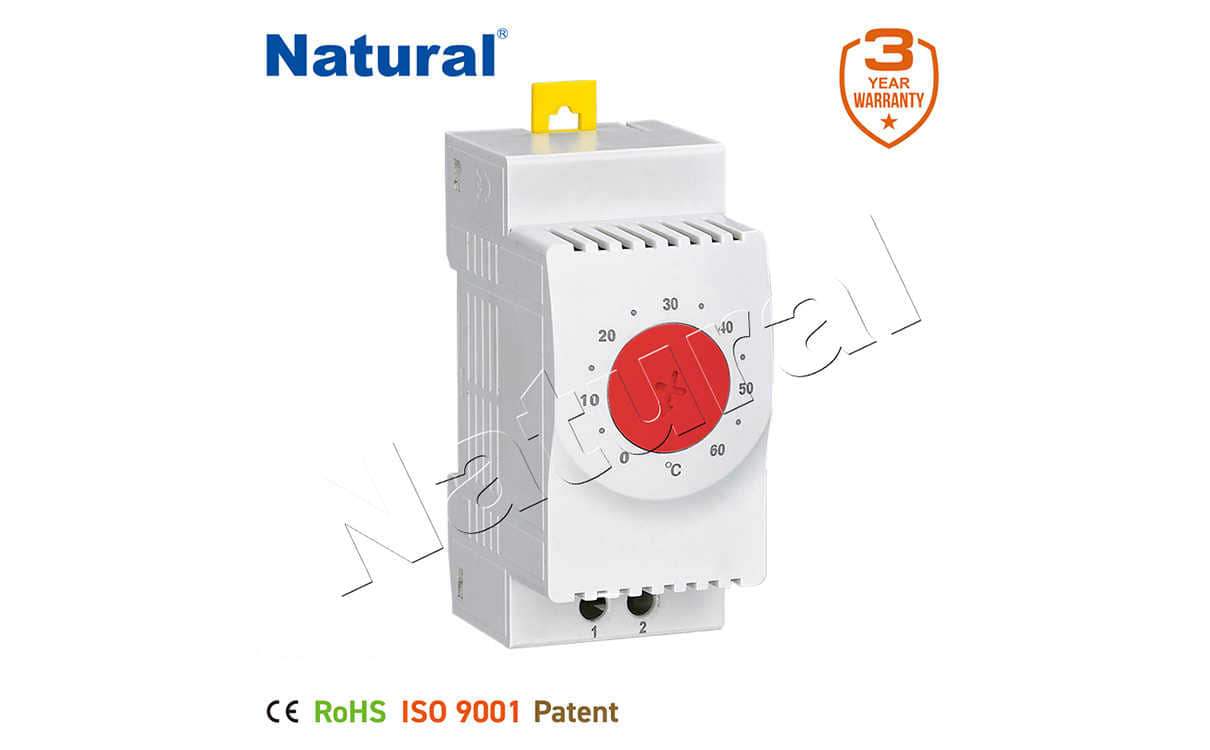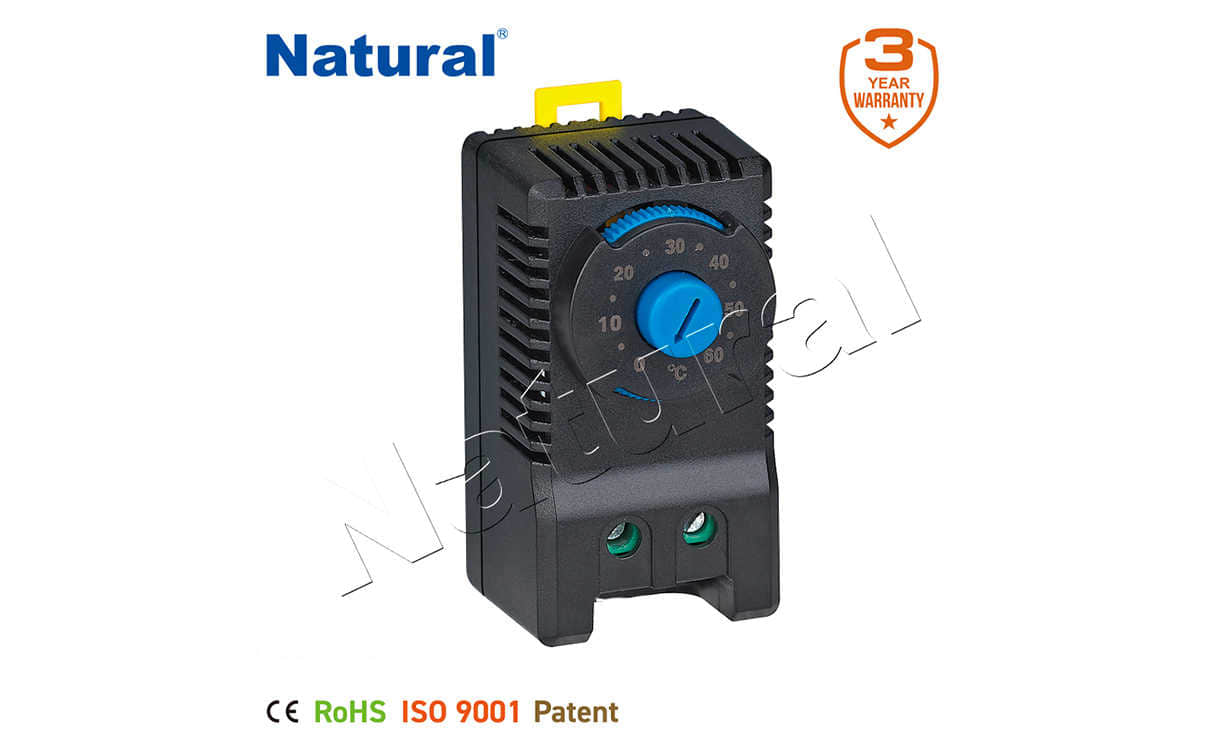the importance of a natural thermostat enclosure: a blend of functionality and eco-friendliness
Release time:2025-06-04 02:43:40
A thermostat enclosure plays a crucial role in protecting your thermostat from external factors, ensuring that it continues to function optimally. Traditionally, enclosures for thermostats are made from a variety of materials, but the growing demand for eco-friendly and sustainable options has led to the emergence of natural thermostat enclosures. These enclosures offer a blend of practicality, environmental responsibility, and aesthetic appeal. In this article, we will delve into the importance of using natural materials for thermostat enclosures, focusing on their benefits, functionality, and eco-friendly aspects.

What is a Thermostat Enclosure?
A thermostat enclosure is a protective casing that surrounds the thermostat, safeguarding it from potential damage. It helps prevent interference from dust, debris, moisture, or accidental physical contact, all of which can cause a thermostat to malfunction. Enclosures also provide insulation, reducing the chances of inaccurate temperature readings caused by external temperature fluctuations or physical damage. In industrial or commercial environments, thermostats are often exposed to a variety of conditions that could affect their performance, which is why the enclosure becomes essential.


 28 items Patent
28 items Patent
 28 items Patent
28 items Patent
 28 items Patent
28 items Patent










